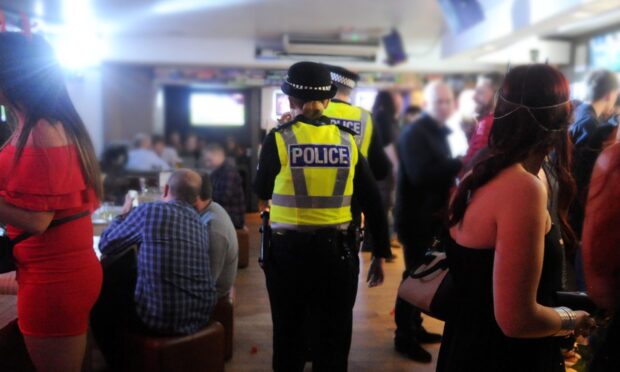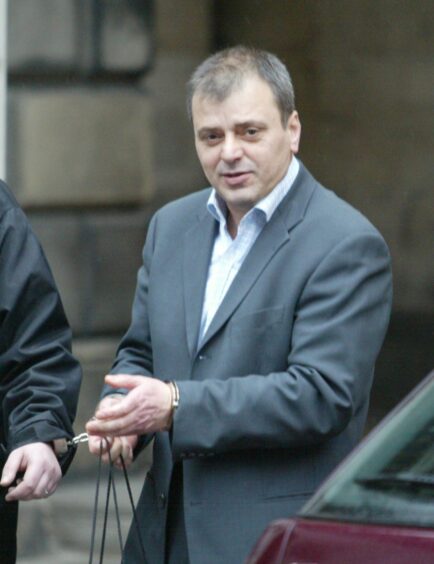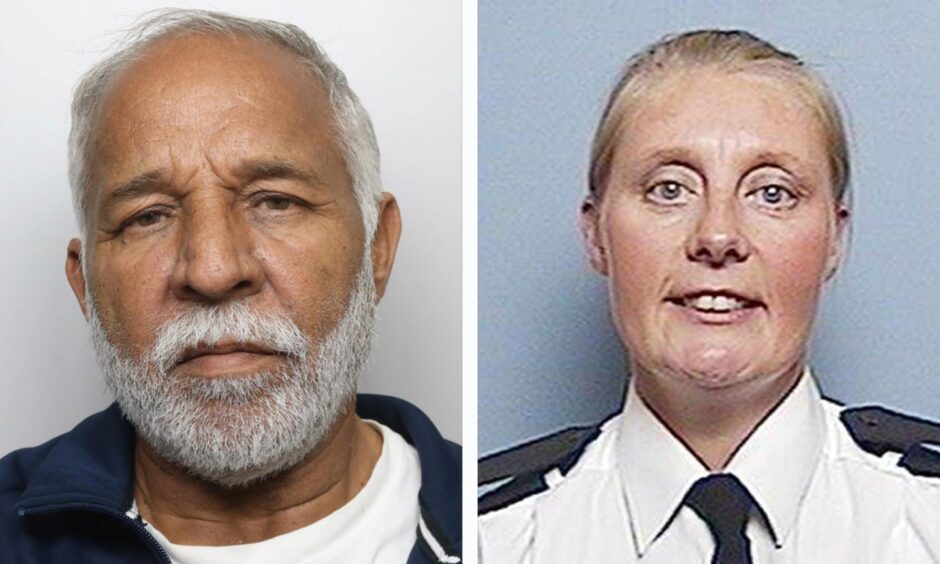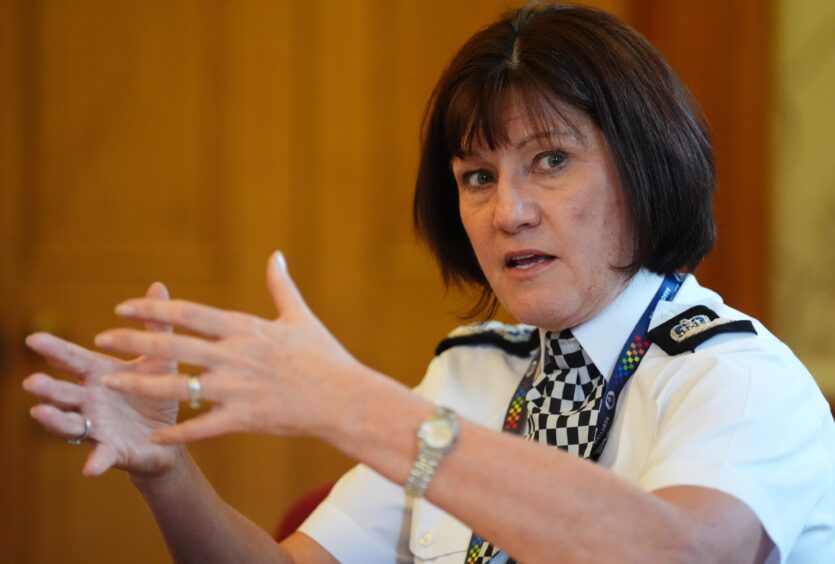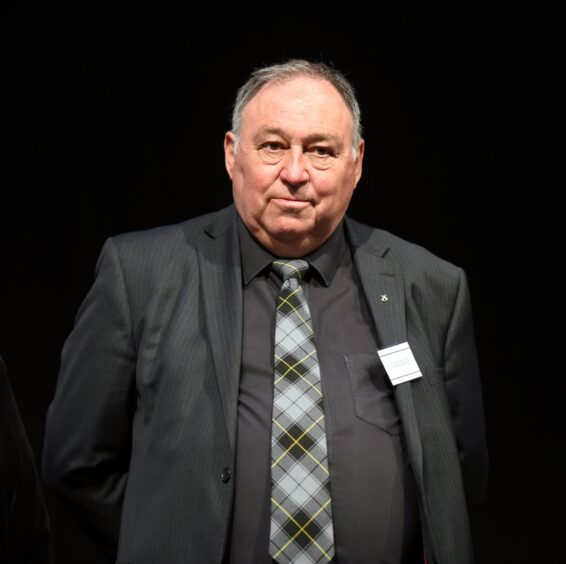Gangsters and gun runners, mafia bosses and druglords – Aberdeen pubs and clubs once had them all.
There was a time in the not-so-distant past when a number of bars or restaurants in the Granite City had underworld connections.
And now police have the next generation of wannabe gangsters in their crosshairs.
Police chiefs have revealed to councillors how organised crime gangs are trying to infiltrate the city’s nightlife sector – and they ways officers are keeping tabs on them.
They want to ensure gangs can’t exploit pubs and clubs to launder money, deal drugs or exploit vulnerable people.
Mafia dons and gun runners
Going back several decades, the issue of gangs trying to blend into respectable society was a major problem for what was then Grampian Police.
Naples mafia heir Antonio La Torre opened two Italian restaurants – Pavarotti’s and Sorrento – in Aberdeen in the late 1980s.
He had moved to Scotland in 1986 to be with his then-wife Gillian, who was born in Aberdeen.
Antonio – son of feared Naples mafia boss Tiberio La Torre – used his businesses as a front for laundering money and was extradited to Italy, where he was sentenced to 13 years’ imprisonment in 2006.
It was reported in the Italian media earlier this year that Antonia had been arrested in Italy after several years on the run.
He had been sentenced to five years and two months in jail for gunrunning but evaded the authorities until March.
Arranged police shooting
Another underworld figure with links to the city was Piran Ditta Khan.
Khan lived in Aberdeen from the early 1980s until 1998, and worked in the Shish Mahal restaurant on Union Street.
He also launched Crown Palace on Justice Mill Lane, which closed in April 1998 after a fire.
Khan, 75, fled the UK after the death of PC Sharon Beshenivsky.
The police officer, 38, was one of two officers shot during an armed robbery on a travel agents in West Yorkshire in 2005.
It emerged that Khan had planned the whole thing and he is now serving a life term with a minimum term of 40 years.
Police want to make sure such murky underworld figures never make their name in the north-east again.
And, in the report to Aberdeen City Council’s licensing board, Police Scotland’s Chief Constable Jo Farrell revealed it was a priority for police to tackle.
‘Priority’ for police
Ch Con Farrell said: “Following our public consultation process, the policing priorities for the North East Division, (include) serious organised crime.
“Many of the processes and procedures involved in licensing applications are carried out to guard against serious organised crime groups (SOCGs) infiltrating the licensed trade in any way.
“There are a number of these groups operating within Aberdeen city, of whom Police Scotland continually monitor, disrupt and take enforcement action against.”
Sergeant Neil Grant explained how he and his colleague tackled the issue.
He said: “On databases that we monitor, we try to find individuals who have links to SOCGs and try to intercept them.
“Due to money laundering and various other things, these SOCGs are looking into get into legitimate businesses.
“If we can pick them up, it reduces that.”
Officers monitor a system called Innkeeper, which details the official records of liquor and civic licence holders in Scotland.
So if anyone who has links to organised crime applies for a licence in Aberdeen, police can quickly put a stop to it.
‘They won’t gain foothold’
The report said: “The licensing team regularly liaises with police interventions staff who are aware of SOCG activity.
“This is to ensure that applicants are not affiliated in any way to such groups, before responding to Aberdeen City Council’s licensing board.
“If such an SOCG were able to gain a foothold in licensed premises, this would afford such groups with a seemingly legitimate income stream.
“That could be no more than a veneer for other criminal activities such as money laundering, tax evasion, drug and people trafficking and other dishonest activities.”
Ch Con Farrell added that officers regularly attend pubs to keep up communication with staff and to spot anything amiss.
“Frequent and directed police attendance and contact with licensed premises also increases the opportunity for irregularities to be identified or reported,” she said.
The report was considered at a licensing board meeting earlier this month.
Board member, Cllr Marie Boulton, congratulated the police on the thoroughness of their report.
The convenor, Cllr Neil Copland said: “The report made quite good reading.
“It seems the police are well on top of this issue.”
